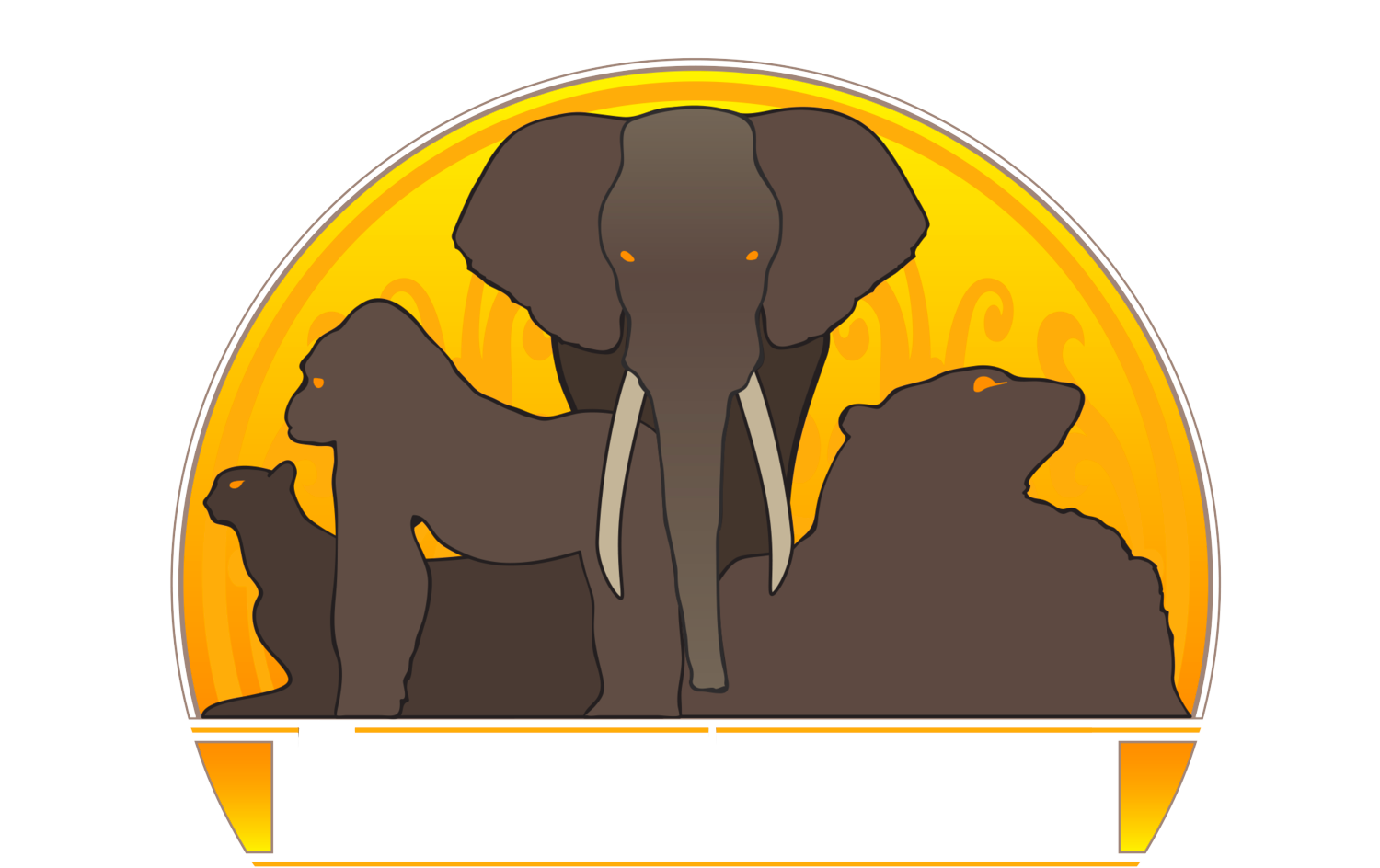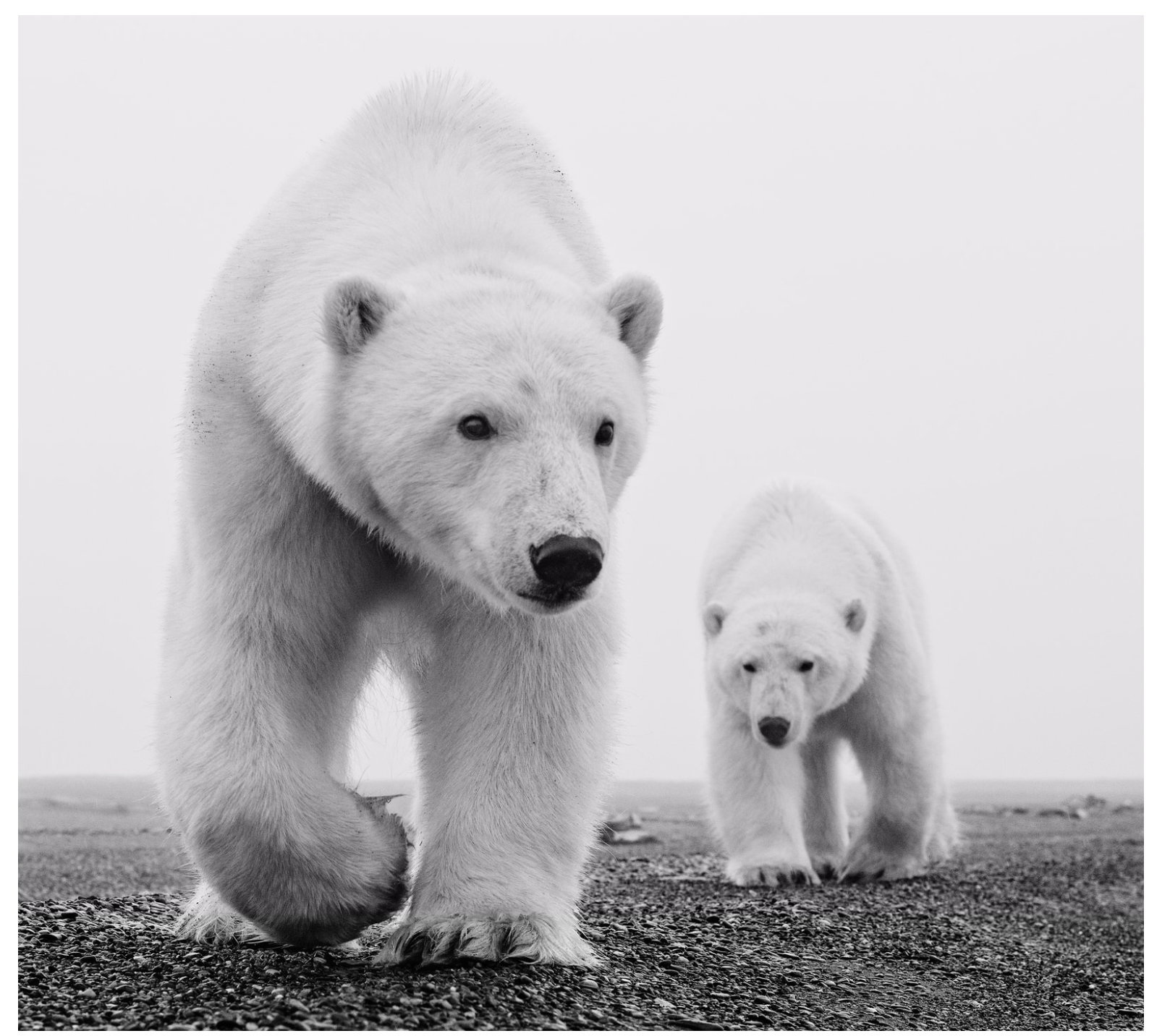Photography by David Yarrow
More Than A Poster Child
The polar bear, Ursus maritimus, or the sea bear, is the largest land carnivore on earth! Polar bears are an Arctic species that can be found in Canada, the United States (Alaska), Greenland, Norway and Russia. In Canada, polar bears can be found in ice-covered regions from Yukon and the Bering Sea to Newfoundland and Labrador, and from northern Ellesmere Island south to James Bay.
There are 19 subpopulations of polar bears in the world, of which 13 can be found in Canada. As of 2014, the Canadian population of polar bears was estimated to be approximately 16,000 individuals.
Polar bears have special significance in Canada because not only are they home to two-thirds of those in the world, but they are also of cultural, spiritual, and economic significance to the Inuit and many northern communities.
Today, the primary conservation concern for polar bears is loss of their sea-ice habitat and reduced access to their primary prey, due to climate change and not harvest. As the climate warms, sea ice breaks up earlier than normal requiring the polar bear to swim longer distances to hunt.
Other challenges include increased commercial activities, pollution, disease, inadequate habitat protection (of denning and seasonal resting areas), and the potential for overharvest in smaller or declining sub-populations.
Without action on climate change, scientists predict we could lose wild polar bears by 2100. Two-thirds could be gone by 2050.
And sea ice loss from human activity is the cause.
Polar bears are known as a keystone species, the apex of the ecosystem. They keep biological populations in balance, a critical component to a functioning ecosystem.
They’re also a sign of health for the ecosystem. If the keystone species is unhealthy, that’s a sign the entire ecosystem is in trouble. In the case of the Arctic, the health of that ecosystem is a sign for what’s in store for the rest of the world.
Polar bears eat almost exclusively seals, but if they can’t hunt for that food source due to lack of a sturdy ice platform or pure exhaustion, they’ll quickly move on to others. This could threaten the existence of other Arctic species, like the Arctic fox or the walrus, as they compete for food resources.
With food sources becoming scarce and the dismantling of the food chain due to the polar bear’s absence, wildlife that doesn’t typically eat vegetation, scarce enough in the Arctic, will start to gobble it all depleting that food source for herbivores. polar bears play an irreplaceable role in the health of the Arctic.
Taking action now won't result in an immediate stop to climate change, but new studies show that we could see the effects in about a decade. Your actions today will help prevent potentially catastrophic changes from taking place—not only helping polar bears, but preserving the climate that allow us to flourish.
Below are a few NGO’s for the protection and preservation of The Polar Bear.
Our mission is to conserve polar bears and the sea ice they depend on. Through media, science, and advocacy, we work to inspire people to care about the Arctic, the threats to its future, and the connection between this remote region and our global climate.
Polar bears are what we’re about, entirely.
Polar Bears International is the only organization dedicated solely to wild polar bears. We know polar bears--their habits, their ecology, their threats--and are recognized leaders in their conservation.
The Cochrane Polar Bear Habitat is both the largest, and the only human care facility in the world dedicated solely to polar bears. With 7 hectares of pristine, natural environment categorized as sub-arctic, the habitat also features the world’s largest enclosed lake that provides an ice platform for up to 7 months of the year. We are here for the bears.
Recommended Reading
THE WORLD OF THE POLAR BEAR by Norbert Rosing
Recommended polar bears is climate change. In Cochrane, Ontario, we are just hours away from the James Bay Coast where Ontario’s sub-population of polar bears are experiencing much longer ice-free periods than ever before.

